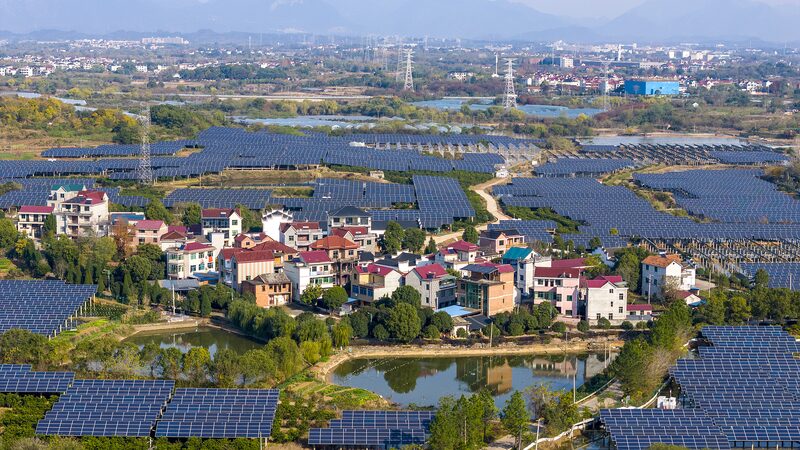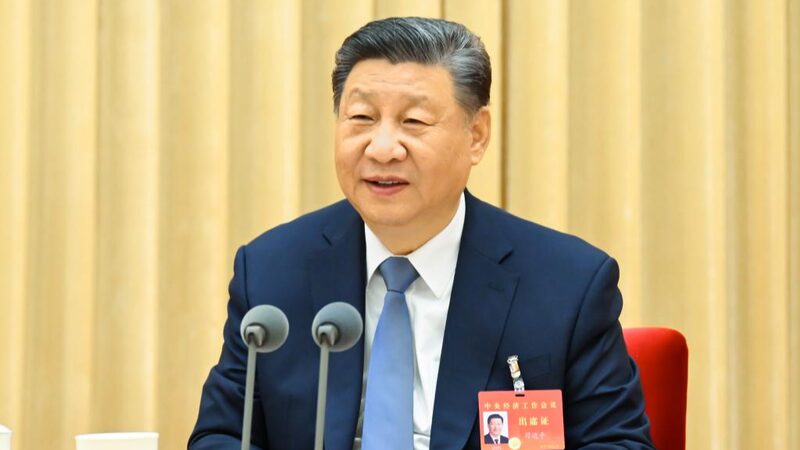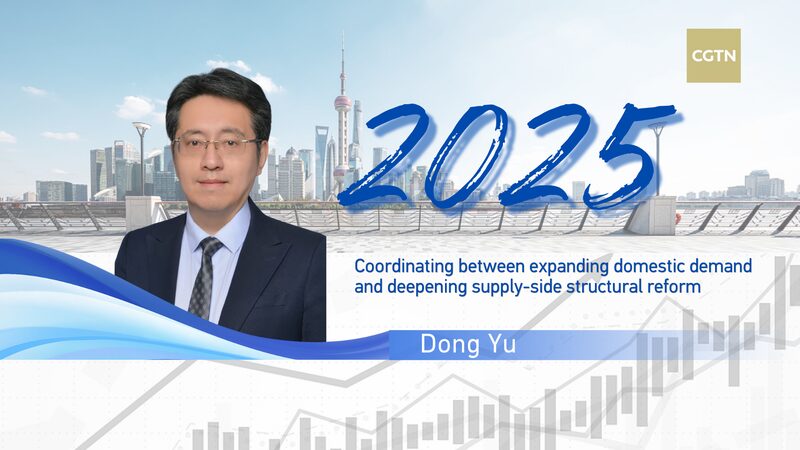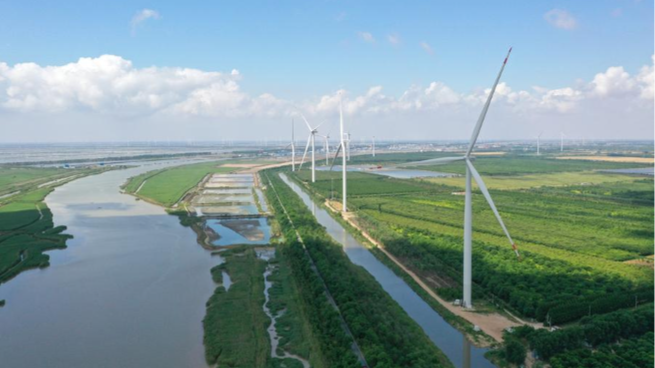On November 8, 2024, the Chinese mainland took a historic step by enacting its first comprehensive energy law. Effective from January 1, 2025, this landmark legislation aims to address the nation’s growing energy demand, environmental challenges, and to enhance its role in global energy governance.
The new energy law establishes a robust legal framework for China’s long-term energy strategy, setting the stage for achieving its dual carbon goals and promoting high-quality development. This move reflects China’s commitment to a green transition and its adaptability in a rapidly evolving global landscape.
Global Context of Energy Laws
Around the world, energy laws shape policy directions to address regional priorities. The United States emphasizes energy security, pricing, and industrial competitiveness. The European Union focuses on climate action and green growth, while Australia prioritizes the safeguarding of its energy supply. China’s energy law shares similarities with these frameworks in addressing critical areas such as energy security, market regulation, and green transformation.
However, China’s approach stands apart as a broad institutional declaration with a long-term orientation. By leaving room for detailed implementation through subsequent regulations and policies, the law’s strategic foresight underscores its flexibility. This allows China to adapt its energy governance while maintaining a stable framework for long-term planning.
Integrating Multiple Stakeholders
The energy law brings together government bodies, enterprises, regulators, and consumers under a unified legal framework. It mandates the central government to set sector-specific and regional energy development goals, requiring local governments to align their policies with national strategies. Local authorities are tasked with promoting clean energy projects, ensuring a secure and environmentally friendly energy supply, and adjusting regional energy structures to reflect local conditions.
Additionally, the law enhances regulatory oversight across every stage of the energy industry—from production and distribution to consumption and storage. It aims to reduce natural monopolies, strengthen market stability, and improve emergency response mechanisms to ensure smooth market functioning.
Emphasis on Green Transformation
On the supply side, the law emphasizes optimizing the energy structure. Coal is redefined as a foundational energy source, with a focus on efficiency and cleaner usage. Renewable energy development receives continued support through tax incentives, subsidies, and innovation encouragement. Notably, hydrogen energy is included for the first time in China’s energy management system.
On the demand side, renewable energy consumption is actively promoted. Policies such as minimum consumption ratios for renewables and green power certificates incentivize enterprises and consumers to adopt clean energy. These measures aim to accelerate the green transformation from both supply and demand perspectives.
This comprehensive approach signifies China’s dedication to a sustainable future, balancing economic growth with environmental stewardship, and contributing to global efforts in energy governance and climate change mitigation.
Reference(s):
China's energy law promotes green transition, global energy governance
cgtn.com






